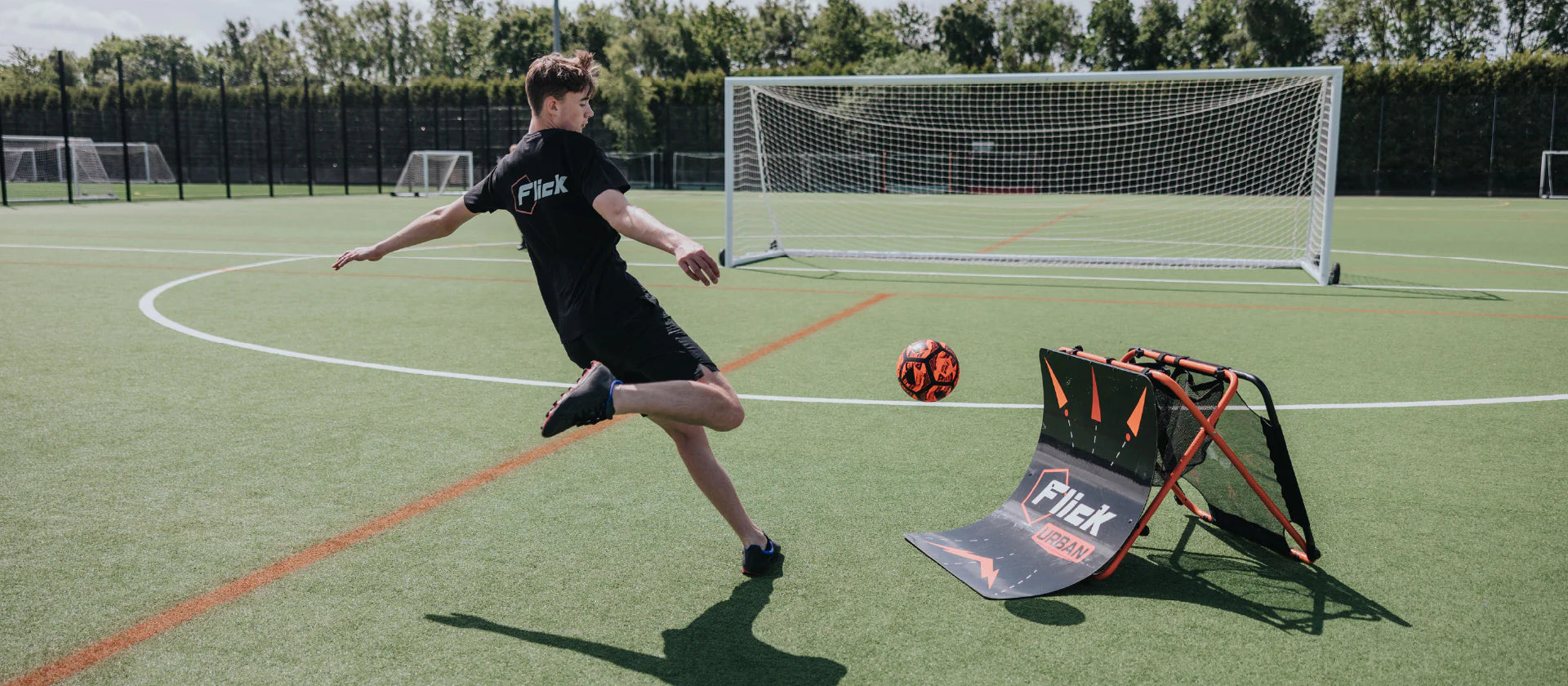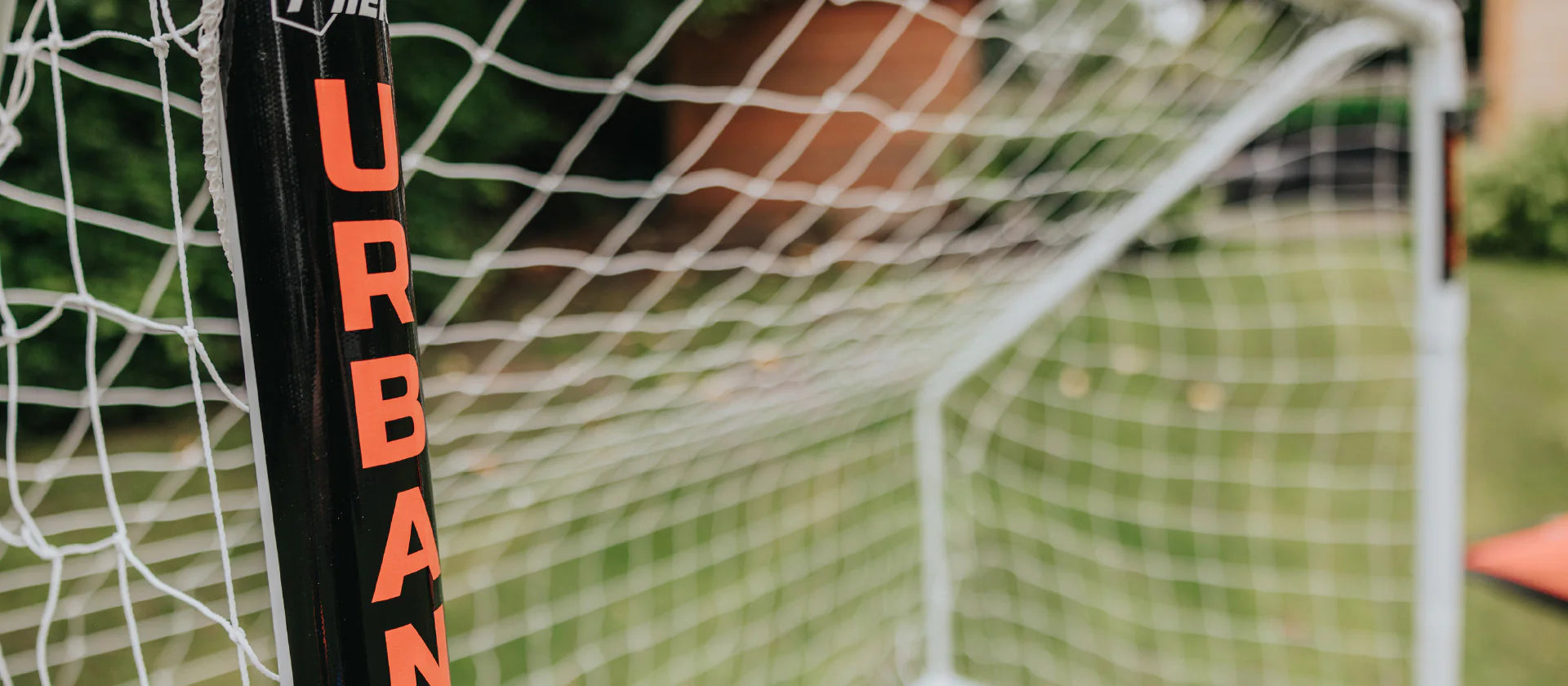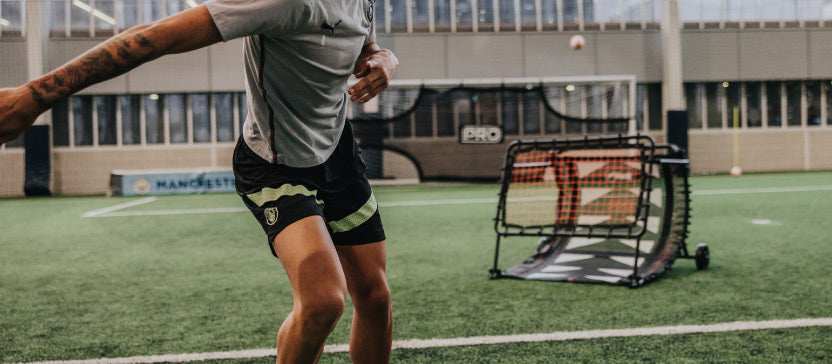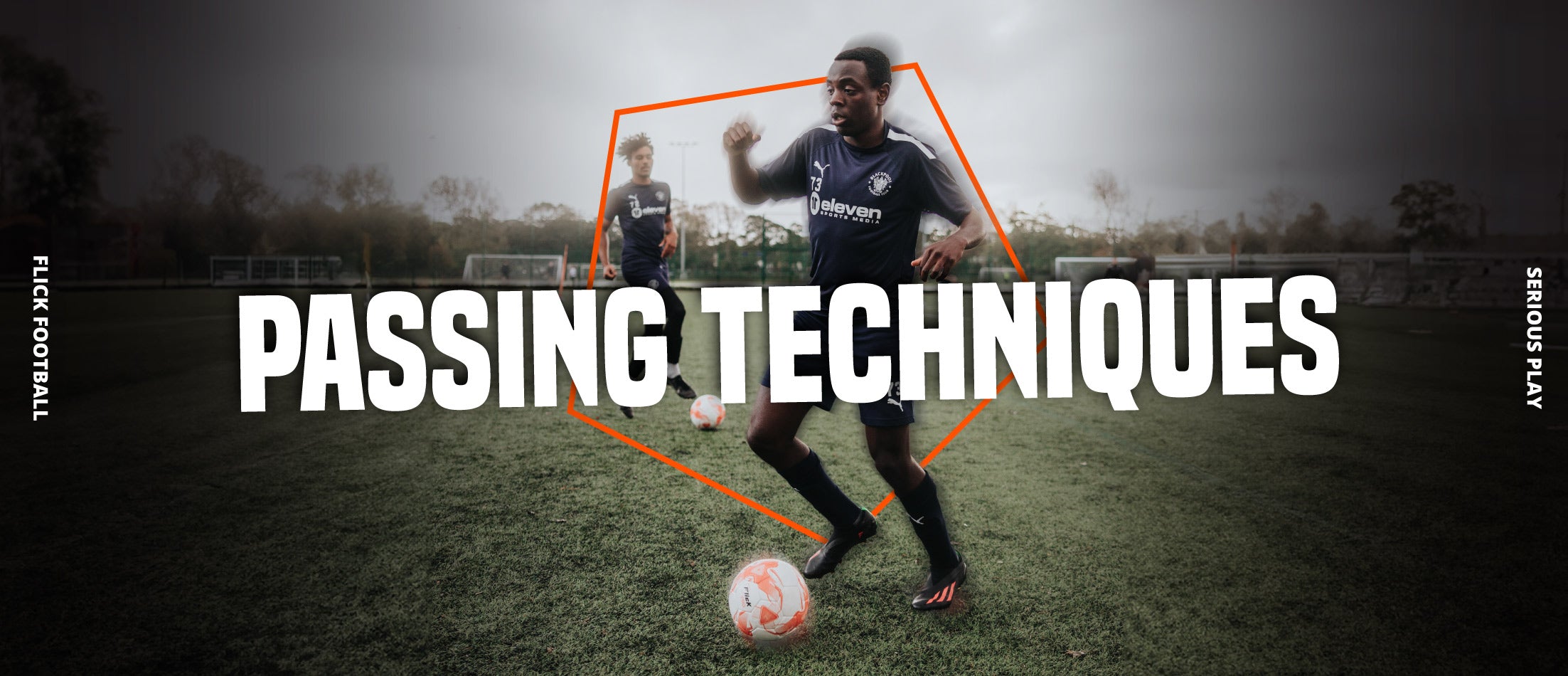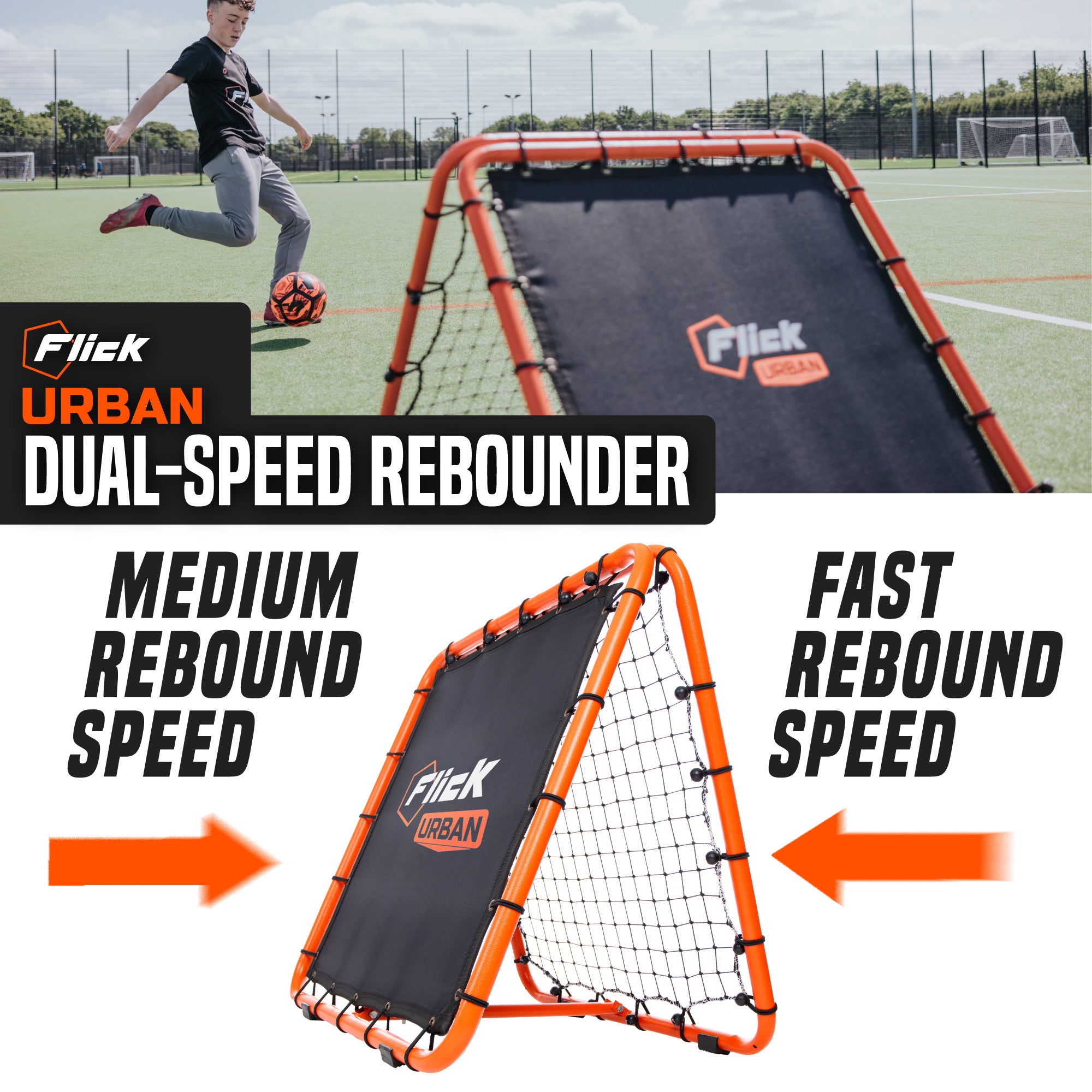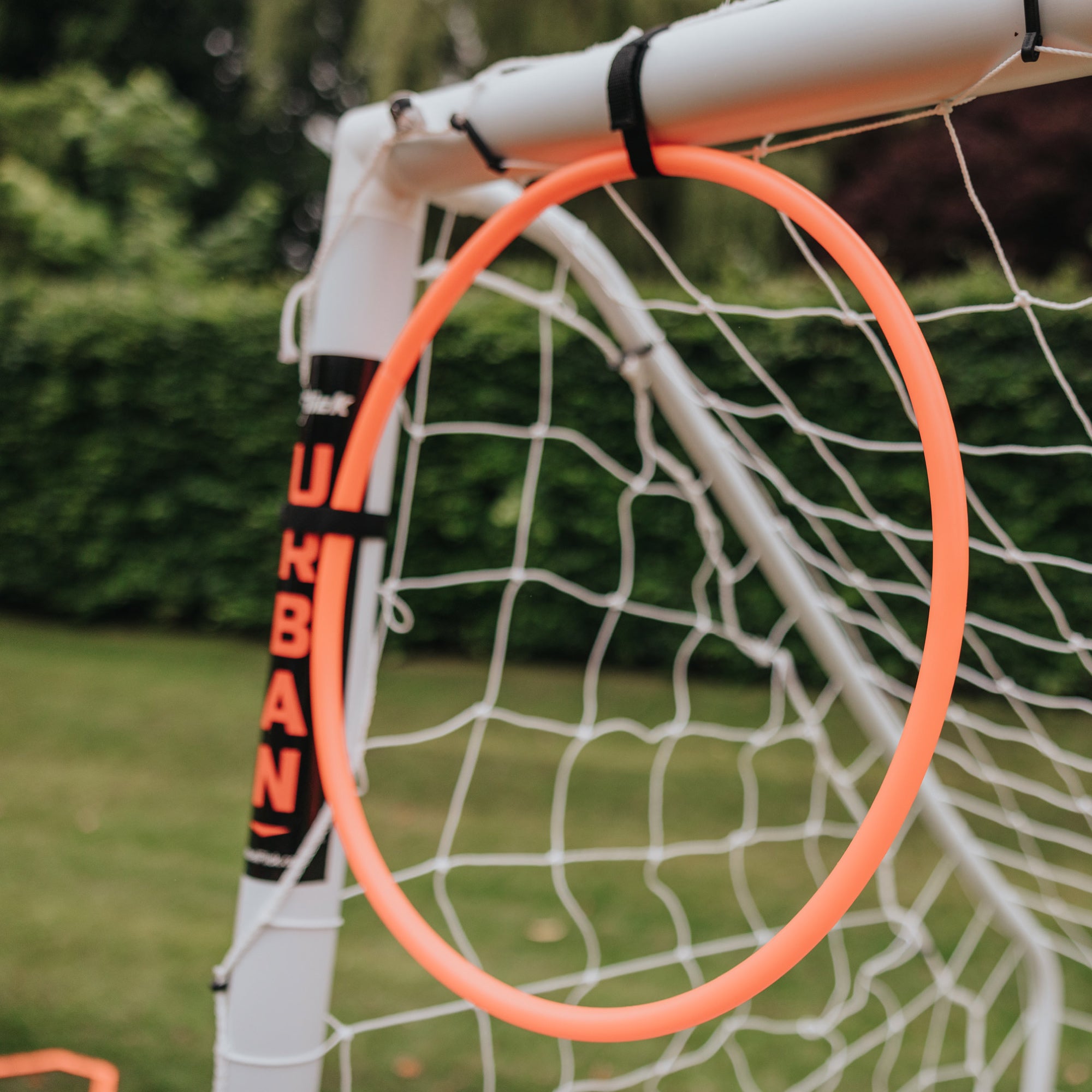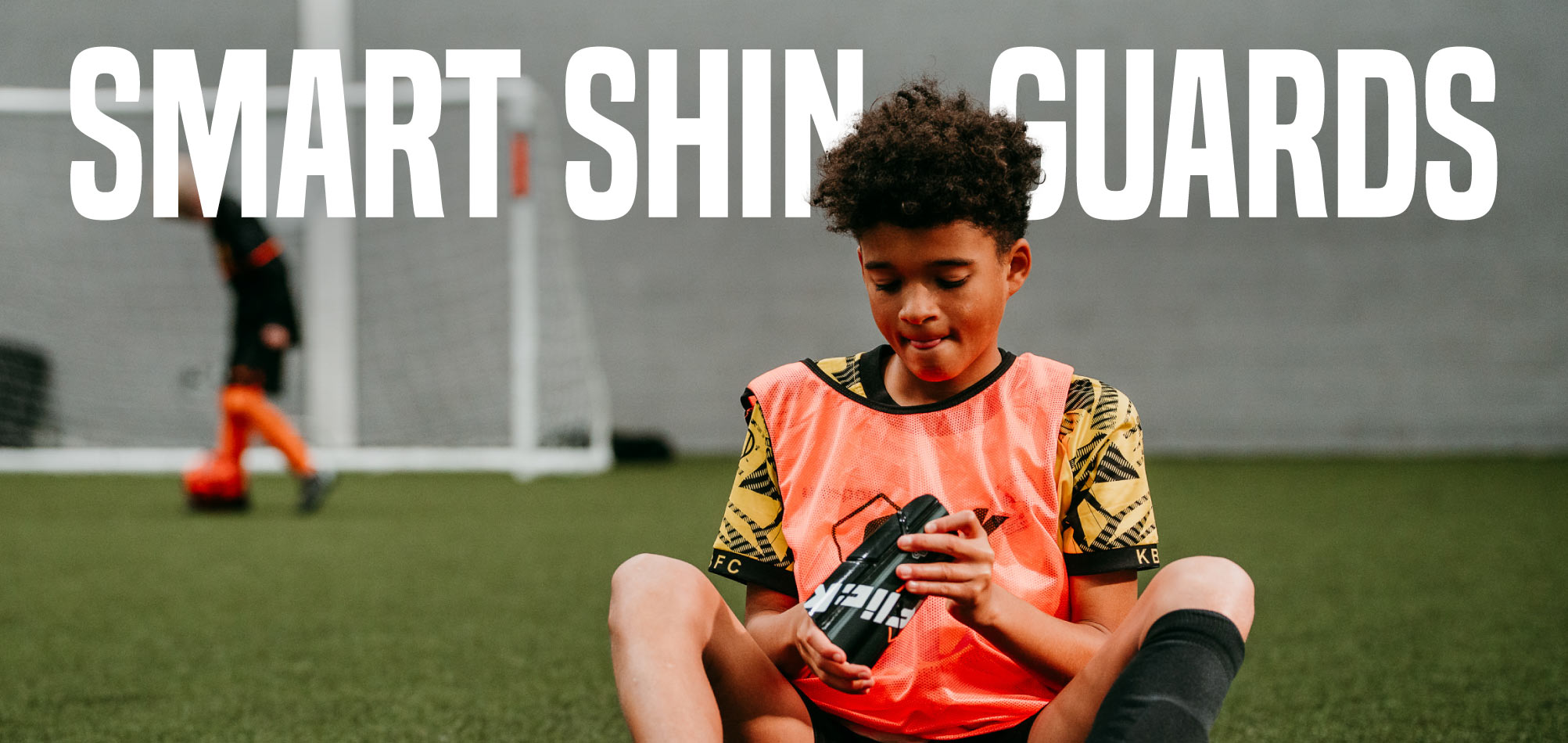In football, passing is a fundamental skill that involves moving the ball from one player to another. There are various passing techniques that players use depending on the situation and their objectives. Here are some of the most common passing techniques:
1. Short Pass
- Description: A quick, accurate pass made over a short distance.
- Use: Ideal for maintaining possession and building up play through the midfield.
- Technique: Use the inside of the foot for precision.
2. Long Pass
- Description: A pass made over a longer distance, often to switch play or launch an attack.
- Use: To quickly move the ball across the field or bypass multiple defenders.
- Technique: Use the instep of the foot for power and accuracy, striking the lower half of the ball for lift.
3. Through Pass
- Description: A pass intended to split the defence, putting a teammate through on goal.
- Use: To create goal-scoring opportunities by exploiting gaps in the defence.
- Technique: Use the inside or outside of the foot, depending on the angle, and aim for the space behind the defenders.
4. Cross
- Description: A pass from the wide areas of the pitch into the penalty box.
- Use: To create scoring opportunities for attackers in the box.
- Technique: Use the instep or laces, striking the ball to achieve the desired height and spin.
5. Back-heel Pass
- Description: A pass made using the heel, often executed without the passer changing direction.
- Use: To surprise defenders and maintain the flow of play, often in tight spaces.
- Technique: Use the heel to tap the ball in the desired direction with a flick of the foot.
6. One-Touch Pass
- Description: A pass made with the first touch of the ball, without controlling it first.
- Use: To speed up play and catch opponents off guard.
- Technique: Position your body to redirect the ball accurately using the inside or outside of the foot.
7. Lofted Pass
- Description: A pass that lifts the ball into the air over a distance.
- Use: To bypass an opponent or switch the play to the other side of the field.
- Technique: Strike underneath the ball with the instep to achieve lift and distance.
8. Chip Pass
- Description: A short, lofted pass over an opponent or to a teammate making a run.
- Use: To deliver the ball into space or over the heads of defenders.
- Technique: Use a delicate touch, striking underneath the ball with the toe or instep.
9. Side-Foot Pass
- Description: A precise and controlled pass using the inside of the foot.
- Use: For accuracy in short to medium distances, often used in quick, short passing plays.
- Technique: Strike the centre of the ball with the inside of the foot, keeping the ankle firm.
10. Outside-Foot Pass
- Description: A pass made with the outside of the foot, often to curve the ball.
- Use: To add swerve or to make an unexpected pass.
- Technique: Strike the ball with the outside edge of the foot, applying the desired spin.
11. No-Look Pass
- Description: A deceptive pass where the passer looks in one direction but passes in another.
- Use: To deceive defenders and create space for teammates.
- Technique: Requires good peripheral vision and the ability to pass accurately without looking directly at the target.
12. Flick Pass
- Description: A quick, often subtle pass using a flick of the foot.
- Use: In tight spaces or to quickly redirect the ball to a teammate.
- Technique: Use a quick, snapping motion with the foot to flick the ball in the desired direction.
13. Cross-Field Pass
- Description: A long pass across the width of the field.
- Use: To switch the play from one side to the other, exploiting space and creating attacking opportunities.
- Technique: Strike the ball with the instep for power and accuracy, aiming to reach a teammate on the opposite side.
Each passing technique serves a strategic purpose and can be utilised in various game situations to maintain possession, create scoring opportunities, and control the tempo of the game. Mastery of these techniques is crucial for any football player aiming to perform effectively on the field.
